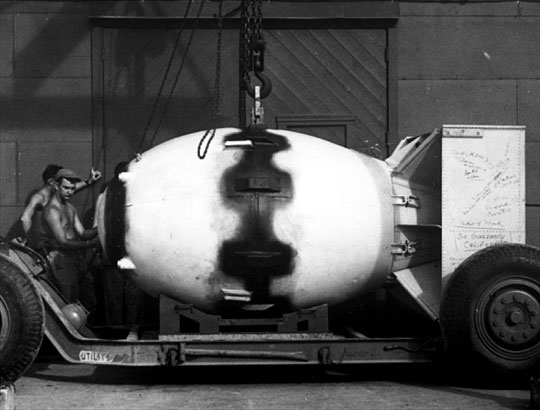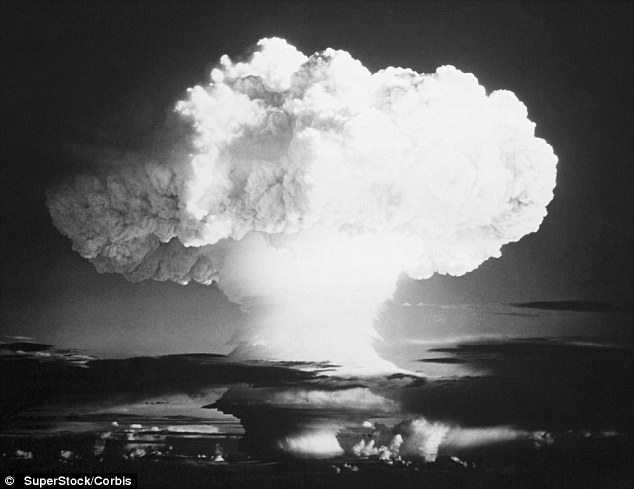Introduction
"It is an atomic bomb. It is a harnessing of the basic power of the universe." --President Harry S. Truman, 1945
Imagine yourself as the president’s secretary in 1939. One day, you are given an urgent letter to take to the President. You enter the Oval Office and hand the envelope to President Roosevelt. Always curious as to what these types of correspondences contain, you watch the president’s face as he reads. At first, he seems interested, almost curious about what the letter says, then brow begins to furrow, and by the time he is down reading he looks concerned. Concerned is not a look you want to see on your president during war-time. Roosevelt puts the letter down, sits quietly for a while, and then calls in his military aide, to whom he says, “This requires action.”
The letter, delivered on August 2, 1939, was from Albert Einstein. It told the president of the great possibilities the newly discovered theory of nuclear fission could bring to the United States, in the forms of energy and weapons. But the letter also warned the president that evidence showed that Germany was already beginning research into the area and could develop a weapon that would win the war for them, and destroy the U.S. in the process.
Thus began the journey towards the Manhattan Project and its final results.
Task

Your job will be to create a proposal letter to Franklin D. Roosevelt to persuade him to either continue with studying atomic science or stopping the study of atomic science. You will have the benefit of seeing how the Manhattan Project changes history. You need to decide if the benefits outweigh the costs. Your letter should be convincing and should pull in all the information you have learned.
In order for you to create something that is convincing, you will need to research it. All your notes that you take about this project you can use to create your letter.
Process
Basics of Nuclear Chemistry:
Fission and a video to help you understand
 Manhattan Project:
Manhattan Project:
Locations across the country involved in the Manhattan Project.
Testing the bomb: videos from the ocean and from land
Two bombs: Little Boy and Fat Man
President Truman's Diary right after the bomb was ordered used.
Timeline of Atomic age, from testing to 1995
Big Science -- Scientists that were involved
Atomic Bombs are Dropped:
The Decision to drop the bomb
President Truman's announcement to the United States (you can listen to the audio too)
Scientists' and others' thoughts about dropping the bomb
Pros and Cons to dropping the bomb
Lasting Impacts: (to add to your argument)
Study of Long-Term Stresses for A-Bomb Survivors
Radioactive Fallout and Radioactive Particles
Nuclear Energy and Nuclear Medicine